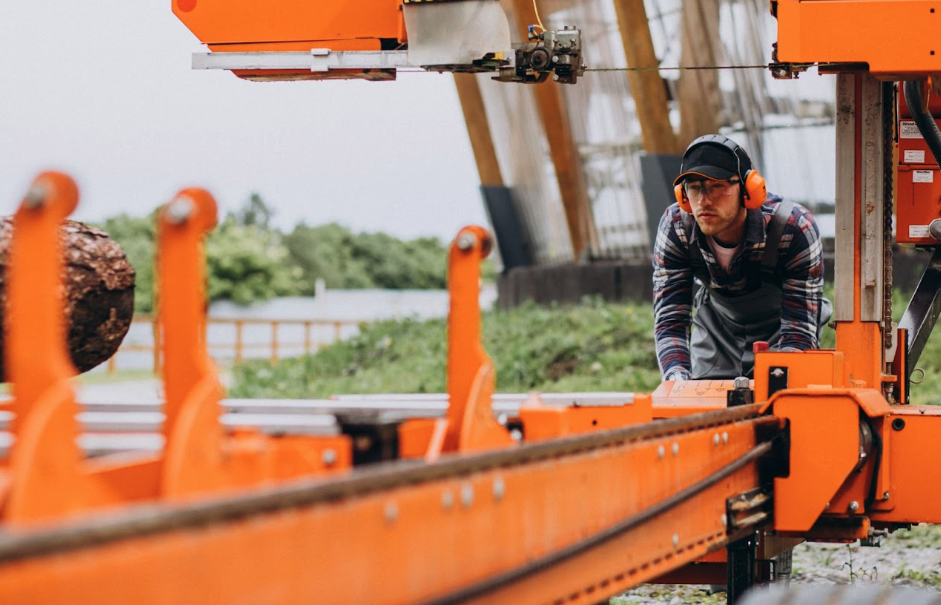Introduction
Here’s the thing: nothing interrupts a productive day like constant gear shifts, jerky power delivery, or lugging an engine uphill. Fendt’s Vario continuously variable transmission (CVT) eliminates all that. By blending engine power and hydraulic drive in a seamless system, Vario delivers power on demand without shifting. In this article, we’ll unpack how Vario works, why it matters, and what it really means for your toughest fields.
The Heart of Vario: Continuously Variable Mechanics
At its core, Vario combines a hydrostatic pump‑motor circuit with a mechanical gearbox. Instead of fixed gears, two variable‑diameter pulleys adjust ratio on the fly. As you dial in ground speed, the system calculates the ideal engine RPM and pulley diameter to match it. The result: infinite ratios between zero and top speed, so you get full torque from a standstill to 60 km/h without a single shift.
Eliminating Gear Shocks
Traditional transmissions produce jolts when a clutch engages or a gear changes under load. Fendt Vario’s hydraulic coupling modulates torque transfer electronically, smoothing acceleration and deceleration. When you increase throttle, the tractor surges forward fluidly. When you ease back, it settles quietly. That translates into less fatigue for operators and reduced stress on drivetrain components.
Optimized Engine Efficiency
Here’s what this really means: engines run at their most efficient RPM regardless of field task. Whether pulling a heavy tillage tool at 5 km/h or cruising transport at 40 km/h, Vario adjusts ratios so the engine stays near its sweet spot. You avoid unnecessary revving, lower fuel consumption, and cut emissions, all while maintaining consistent power availability.
Adaptive Control in Challenging Terrain
Fields aren’t flat laboratories. They slope, they rut, and they change soil type across a single pass. Fendt’s VarioDrive and Traction Plus systems sense wheel slip and redistribute torque between front and rear axles. When one wheel loses grip, electronics shift more hydraulic flow to the other, maintaining forward progress without bogging down. The seamless power transfer means you never have to hunt for the proper gear in a rut, you just press the pedal and go.
Fine‑Tuned Operator Interface
Complex transmissions can intimidate operators. Fendt keeps it simple: a foot pedal controls speed in both directions, with cruise control settings stored in the joystick. Dial in your target speed, and the CVT holds it automatically, compensating for hills or changing loads. No clutch work, no gear levers, just foot to ground. That intuitive layout drastically reduces training time and operator errors.
Reduced Maintenance and Wear
Less mechanical complexity doesn’t mean more upkeep. Vario’s hydrostatic components run in controlled oil circuits with dedicated cooling loops. Filters trap wear particles, and service intervals for oil and filter changes match or exceed those of equivalent power-shift transmissions. Because there are no dog clutches or synchros to grind, you avoid costly rebuilds, translating into lower total cost of ownership.
Enhanced Precision and Smoothness
When you’re planting or spraying, steady ground speed is crucial for uniform application. Vario’s ability to maintain target speeds within a few meters per hour ensures that implements run at optimal rates. Overlap is minimized, and inputs go exactly where they belong. Even on headlands, the transmission’s ramp‑down memory recalls your last speed setting, so each turn begins and ends at the perfect pace.
Real‑World Impact on Productivity
A South American grain farmer compared a Fendt 828 Vario to a power‑shift tractor on 500 hectares of rolling terrain. With Vario, cycle times dropped by 12 percent, fuel use fell by 7 percent, and operator fatigue ratings halved. What this really means is more acres covered per day, lower input costs, and happier employees, metrics that translate directly into profit.
Future‑Ready Technology Integration
Vario isn’t isolated, it’s part of Fendt’s broader iD concept, which links engine, transmission, hydraulics, and cooling into one intelligent system. Software updates over the Fendt One platform can tweak shift logic or expand performance profiles. As precision agriculture evolves, Vario will adapt via remote updates, ensuring your tractor remains state‑of‑the‑art.
Conclusion
When fields get tough, you don’t want to think about shifting, you want to focus on the job. Fendt’s Vario transmission makes that possible by delivering infinite ratios, smooth power delivery, and intelligent torque management. What this really means is comfortable operators, lower fuel bills, and faster workdays across any terrain. With Vario underfoot, challenging fields feel like a Sunday drive.

